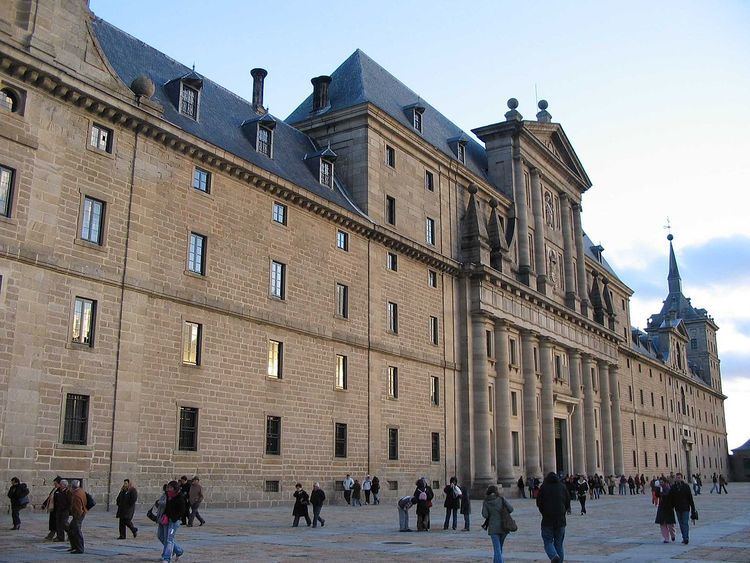 | ||
Renaissance architecture was that style of architecture which evolved firstly in Florence and then Rome and other parts of Italy as the result of Humanism and a revived interest in Classical architecture. It was part of the general movement known as the Renaissance which spread outwards from Italy and affected many aspects of scholarship and the arts.
In Spain, the Renaissance began to be grafted to Gothic forms in the last decades of the 15th century.
The style started to spread mainly by local architects: that is the cause of the creation of a specifically Spanish Renaissance, that brought the influence of South Italian architecture, sometimes from illuminated books and paintings, mixed with Gothic tradition and local idiosyncrasy. The new style is called Plateresque, because of the extremely decorated facades, that brought to the mind the decorative motifs of the intricately detailed work of silversmiths, the “Plateros”. Classical orders and candelabra motifs (a candelieri) combined freely into symmetrical wholes. Examples include the facades of the University of Salamanca and of the Convent of San Marcos in León.
As decades passed, the Gothic influence disappeared and the research of an orthodox classicism reached high levels. Although Plateresco is a commonly used term to define most of the architectural production of the late XV and first half of XVI, some architects acquired a more sober personal style, like Diego Siloe, and Andrés de Vandelvira in Andalusia, and Alonso de Covarrubias and Rodrigo Gil de Hontañón in Castile.This phase of Spanish Renaissance is called Purism.
From the mid 16th century, under such architects as Pedro Machuca, Juan Bautista de Toledo and Juan de Herrera there was a much closer adherence to the art of ancient Rome, sometimes anticipating Mannerism. An example of this is the palace of Charles V in Granada built by Pedro Machuca. A new style emerged with the work of Juan Bautista de Toledo, and Juan de Herrera in the Escorial: the Herrerian style, extremely sober and naked, reached high levels of perfection in the use of granite ashlar work, and influenced the Spanish architecture of both the peninsula and the colonies for over a century.
